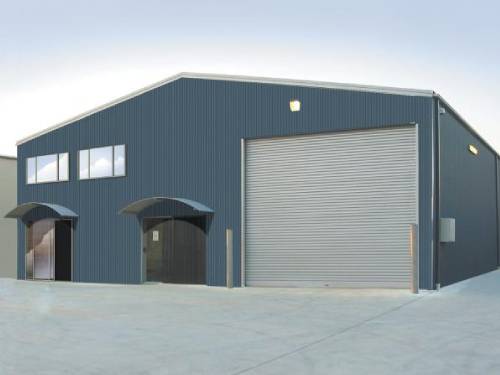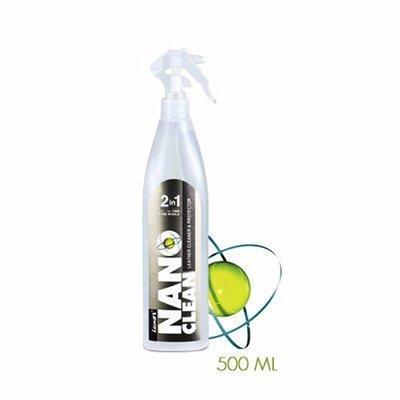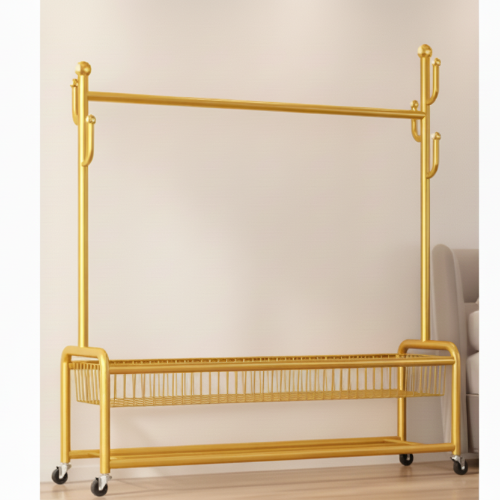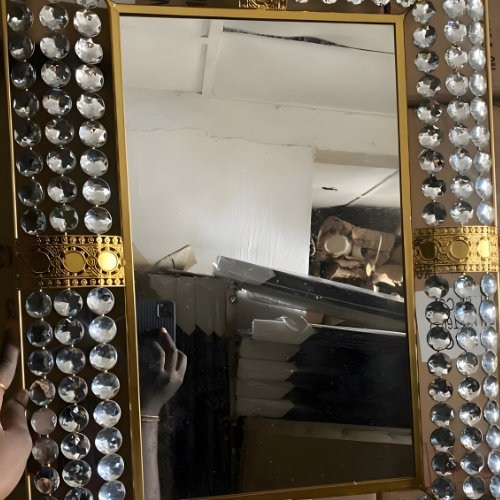Seismic activities can be very unpredictable. The same can be said of the weather as well as the climate. Buildings are highly vulnerable to the elements and to earthquakes. They are potential structural hazards that can cause great harm to the people in their vicinity.
Buildings thus need to be structurally stable in order to withstand natural disasters. Steel in particular is very durable, and is considered the gold standard in the construction industry. In addition to being durable, steel is also fire-resistant and time-efficient to build.
Steel can also last for up to 20 years longer than other construction materials, and, because steel is easy to install, you will also save on your labour costs.
Here, however, our focus will be on how steel buildings provide protection from seismic activity.
What is seismic activity?
Seismic activity refers to the size, frequency, and types of earthquakes that occur over a given period of time in a particular area or zone. There are also different types of seismic waves.
P-waves are known as pressure or primary waves. They move at the fastest velocity through the Earth. Due to their immense speed, they are the first seismic waves to be detected by a seismograph when an earthquake takes place.
P-waves transform into sound waves when they reach the air, and travel at the speed of sound when they become sound waves. They can travel over 10 times faster than sound when they travel in granite.
S-waves are also known as shaking waves or secondary waves. They travel at velocities that are slower than primary waves. S-waves are also unable to travel through water or air like p-waves can. However, due to their augmented amplitude, s-waves are far more destructive than p-waves.
Surface waves travel under the surface of the Earth. They are similar to water waves in many ways. They also tend to travel even slower than s-waves. However, their amplitude is even greater than that of s-waves, which make surface waves the most destructive of all of the seismic waves.
Harmful After Effects of Seismic Activities
The destructive effects of seismic activities and earthquakes can be hard to measure. Ground shaking is caused by surface waves and body waves. P-waves will cause a building to vibrate, and then s-waves will cause the building to vibrate from side to side.
Structural failure will take place when a building falls or collapses. In some cases, the design or construction of the property may be the source of the issue. There are also many factors of potential stress that need to be considered.
Examples include the intended use of the building and its shape. Surface rupture and ground displacement refer to the offset of the ground surface that is triggered or caused by an earthquake rupture along a fault.
The Earth’s surface is subsequently affected by the surface rupture and ground displacement. Surface ruptures can affect monolithic areas of land.
Liquefaction may also take place during some earthquakes. It may lead to ground failure in some cases. Primary silts and sands, as well as soil deposits that are clay-free, will behave as fluids instead of solids for a temporary period of time due to liquefaction.
Importance of Steel Buildings Against Seismic Failure
A steel building frame will resist the building shaking for an extended period of time in order to mitigate damage. The steel frame design plays an integral role in keeping the building in question from shaking apart. In other words, the design is arguably even more important than the materials used when a powerful seismic event takes place.
Braced frames may include buckling-restrained, eccentric, and concentric frames. They rely on the strength and stiffness of vertical truss systems in order to provide lateral resistance. They also comply with the majority of seismic design prerequisites.
Moment frames will lean on the rigidity of the interconnected columns and beams. As a result, the relative rotation between all of the members will be resisted with relative ease by the structure.
As for shear walls, they utilize vertical plates in order to provide lateral resistance. Moreover, the plates are reinforced by structural members that are bounding.
Cantilevered column systems will help restrain the rotation at the base thanks to the cantilever stiffness and strength of the columns.
In sum, steel buildings protect owners, workers, clients, and people in the area from great harm and possibly even death. Millions, if not billions, of dollars worth of property damage, can be avoided thanks to the myriad benefits that come from building with steel.
Better Safe Than Sorry
Seismic activity can be devastating to land, buildings, and people alike. Prefabricated steel buildings do not take a very long time to erect. They are good for the environment as well, and steel is not only very durable but also affordable.
If safety and protection are very important to you, then steel serves as the ideal construction material for your buildings. With global warming on the rise, earthquakes will quickly follow suit.
Earthquakes can kill millions of people and can cost countries billions of dollars. It can take years, or even decades in some cases, in order to rebuild a country or city after an earthquake or a series of earthquakes.
Steel will stand up to earthquakes, hurricanes, tsunamis, floods, and even raging fires, as steel is fire-resistant as well. Steel will also protect your most valuable assets from break-ins. If you have many rare items or assets, then you will be able to enjoy peace of mind knowing that they are housed within a very secure structure.
Most structures carry their own weight and then some, so they are usually able to withstand the up and down motion created by earthquakes very well, even if they are not made with steel.
However, buildings are not designed to sway back and forth. In fact, the vast majority of the damage that is caused by an earthquake occurs when a building moves back and forth. Steel, fortunately, will provide unrivalled flexibility and strength in order to withstand seismic activity.
Authors Bio: Devon Graham

Devon Graham is a blogger in Toronto. He graduated with honours from the University of British Columbia with a dual degree in Business Administration and Creative Writing. Devon Graham is a community manager for small businesses across Canada. He also likes to research various topics related to pets, food, storage solutions and business solutions.
































